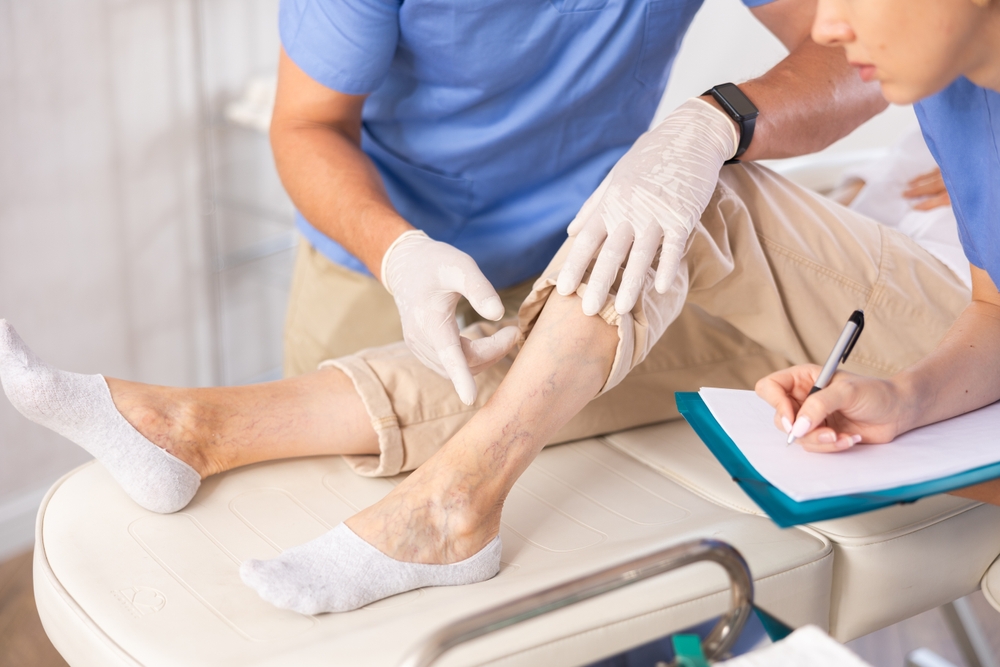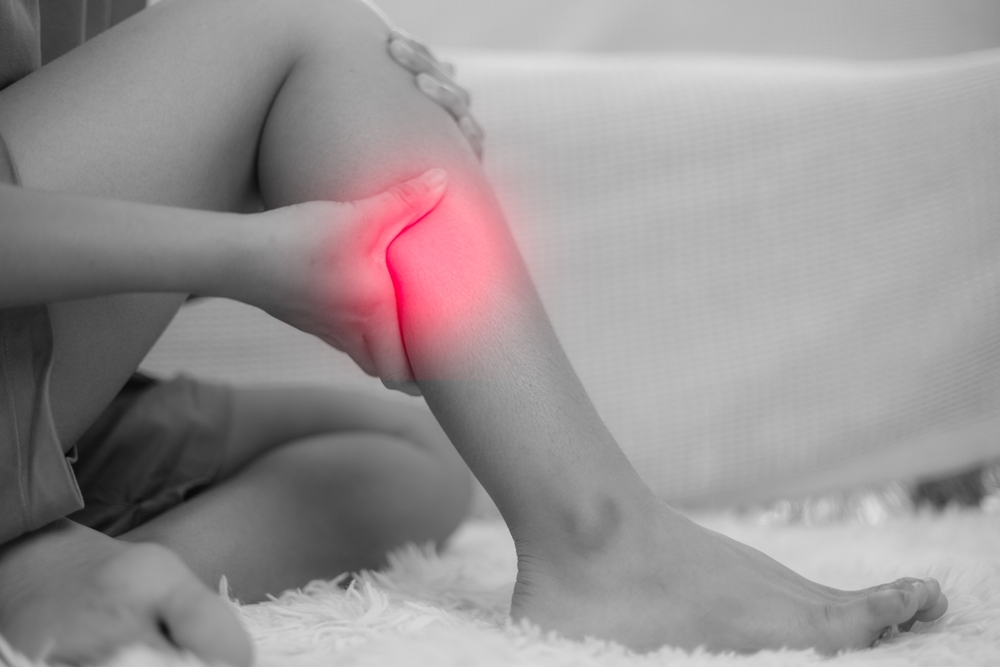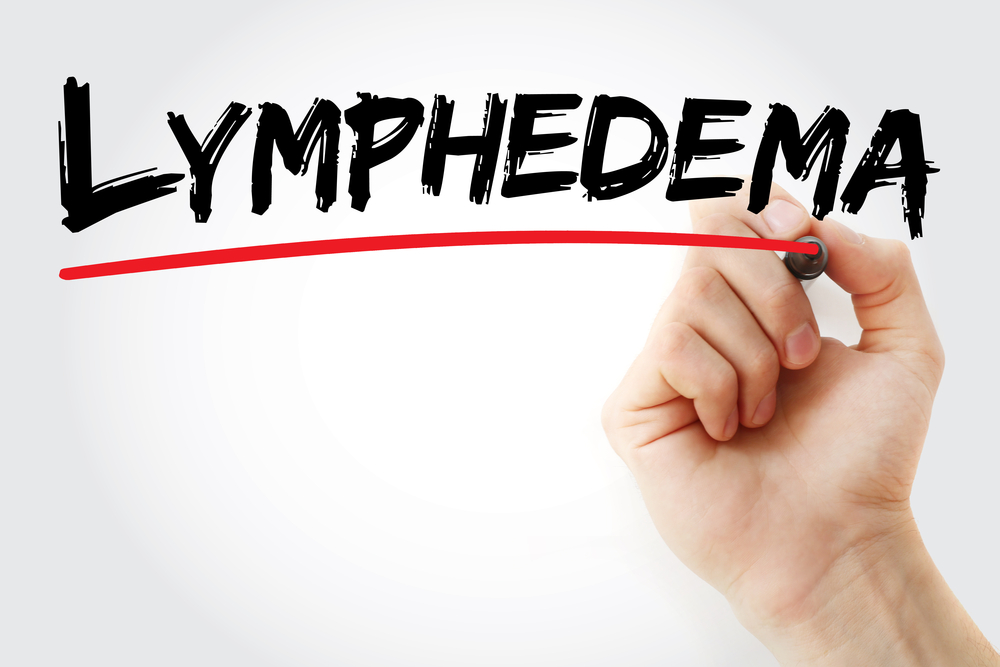What is Deep Vein Thrombosis (DVT) Treatment?
DVT treatment focuses on restoring proper blood flow by managing or removing clots that form in the deep veins, usually in the legs. These clots can obstruct circulation and may lead to a life-threatening pulmonary embolism if they travel to the lungs. Treatment depends on the clot’s size, location, and risk factors, and may include anticoagulant medications, thrombolytic therapy (clot-dissolving drugs), or minimally invasive catheter-based clot removal. In some cases, filters are placed in the inferior vena cava (IVC) to prevent clots from traveling to vital organs.
This procedure helps to:
- Prevent pulmonary embolism and other severe complications.
- Restore proper blood flow in the affected vein.
- Reduce leg pain, swelling, and inflammation.
- Minimize the risk of long-term vein damage (post-thrombotic syndrome).
- Improve mobility and overall vascular health.
What to expect after DVT Treatment?
Depending on the treatment approach, recovery varies. Patients treated with medication often resume daily activity within days, while those undergoing catheter-directed therapy may need short observation. Compression stockings and lifestyle modifications support long-term results.
- Gradual reduction of swelling and pain.
- Improved leg comfort and circulation.
- Possible use of compression garments post-procedure.
- Follow-up imaging to confirm clot resolution.
- Continuous monitoring of blood-thinning medication levels.









